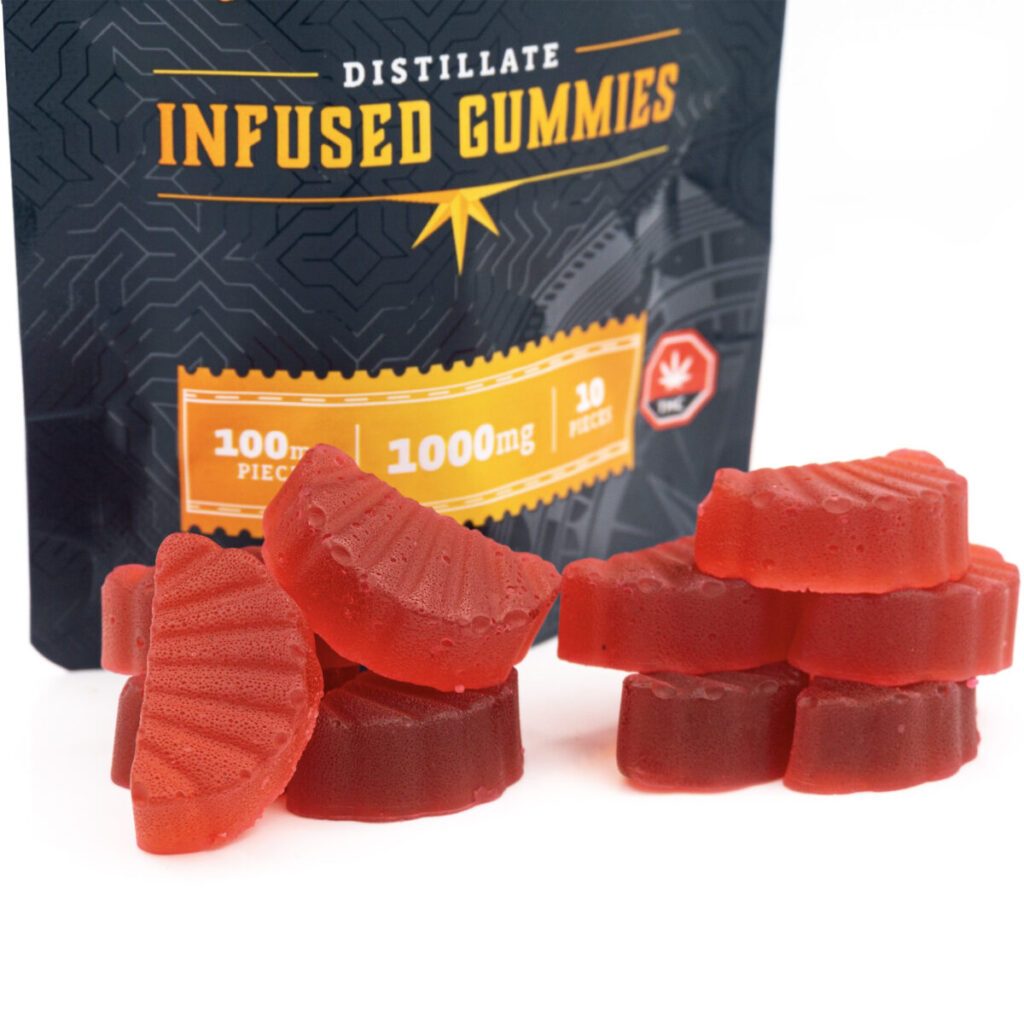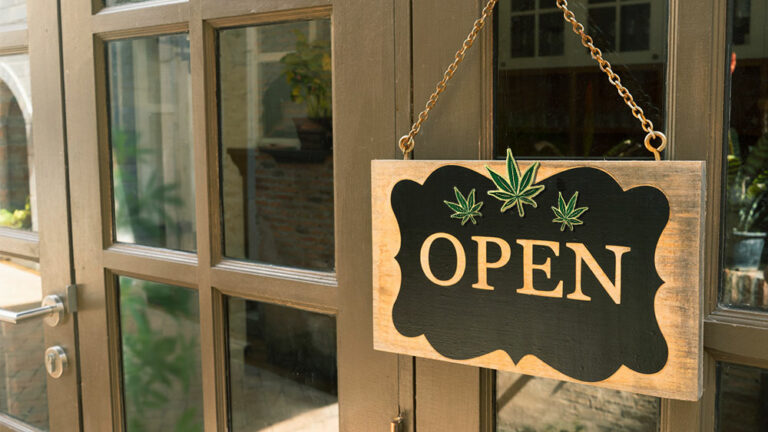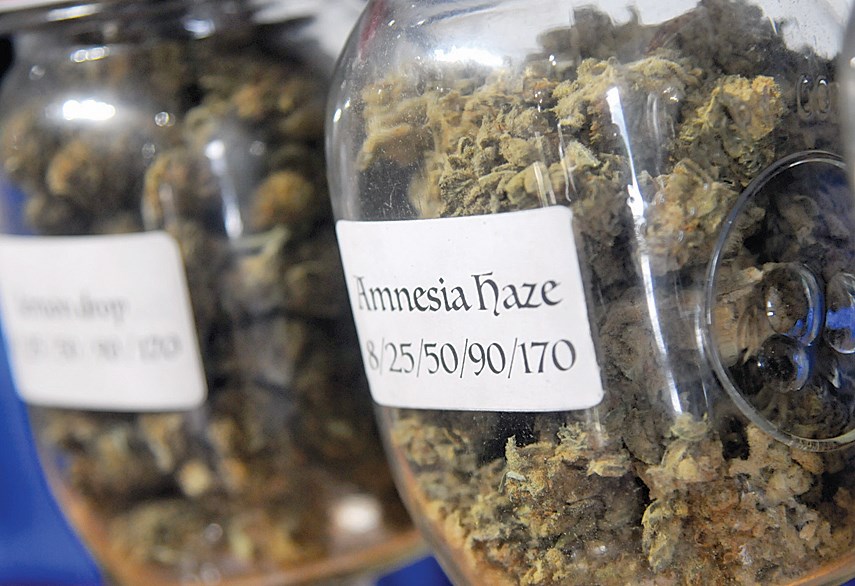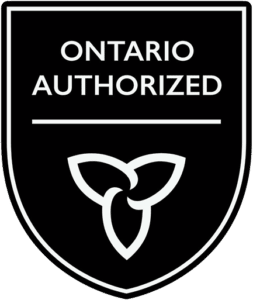Ontario’s legal cannabis market is still struggling to find its balance, and one of the most perplexing and frustrating aspects of the system is the 10mg THC limit on cannabis edibles. This arbitrary cap, while seemingly benign on the surface, is not only limiting consumers’ choices, but it is also pushing people towards the black market, undermining the very goal of legalization. In this blog post, we’ll explore why this limit is so low, how it’s affecting the legal market, and why it may be unintentionally fueling the black market for edibles.
The 10mg Limit: A Steep Hurdle for Consumers
Under current regulations, a single package of cannabis edibles can contain up to 10mg of THC, the psychoactive compound in cannabis. While this might seem like a reasonable amount for a casual user, for many cannabis consumers, particularly seasoned users or those who use edibles for medicinal purposes, 10mg is far too low to experience the desired effects.
Edibles are metabolized differently than smoking or vaping cannabis. When ingested, THC is processed by the liver, and the onset of effects can take anywhere from 30 minutes to two hours. This delayed onset
means that many people tend to consume more, trying to feel the effects sooner. The 10mg limit, therefore, can actually encourage users to consume multiple products at once to get the experience they’re seeking, which is inefficient and could lead to unintended overconsumption. For a seasoned user, 10mg might be a mere starting point, with some preferring doses of 50mg, 100mg, or more in a single serving.
Why is the Limit So Low?
There is no clear, science-based rationale for why Ontario and other provinces set the 10mg limit for edibles. Many argue that it’s a knee-jerk reaction to concerns about cannabis intoxication and the potential risks to public safety. Governments may fear that higher doses could lead to overdoses, especially in edible form, where the delayed onset can cause users to unknowingly consume too much.

However, this precaution seems to misunderstand both the experience of cannabis consumption and the
realities of the market. In states like Colorado, where higher THC limits for edibles have been implemented, the system has been functioning without major incidents. The key difference is that the market provides consumers with a range of options and clear labeling, which allows individuals to
responsibly manage their consumption based on their own tolerance.
The 10mg limit in Ontario also appears to be overly conservative in the face of overwhelming evidence that legal cannabis, when regulated properly, is no more dangerous than alcohol or tobacco. There is no reason why a responsible adult who is familiar with their own tolerance shouldn’t be able to purchase edibles with higher THC content, as they can with alcohol, where limits vary widely and are determined by personal preference.
Ontario’s legal cannabis market is still struggling to find its balance, and one of the most perplexing and frustrating aspects of the system is the 10mg THC limit on cannabis edibles. This arbitrary cap, while seemingly benign on the surface, is not only limiting consumers’ choices, but it is also pushing people towards the black market, undermining the very goal of legalization. In this blog post, we’ll explore why this limit is so low, how it’s affecting the legal market, and why it may be unintentionally fueling the black
market for edibles.
The Need for Reform: It’s Time to Raise the Limit
To truly embrace the potential of legal cannabis, Ontario needs to reevaluate its approach to edible THC
limits. Raising the limit to 50mg or even 100mg would provide consumers with greater flexibility and allow the legal market to better compete with the black market. It would also align the province with international standards, where edibles with higher THC content are becoming the norm in well-regulated markets like California and Colorado.
Furthermore, better education on responsible consumption is key to ensuring that consumers understand their limits and can enjoy cannabis safely. Providing clear labeling, responsible usage guidelines, and a
range of THC options would allow individuals to make informed decisions about their cannabis intake.
Conclusion
Ontario’s current 10mg THC limit for cannabis edibles is not only absurdly low but also counterproductive. It restricts responsible users from enjoying the cannabis experience they want, while at the same time encouraging them to turn back to the black market. If Ontario wants to achieve the
success of its legal cannabis market, it must reconsider its approach to THC limits, raising them to better reflect the realities of cannabis consumption and to help stamp out illicit trade once and for all.
Until that happens, the black market will continue to thrive, and consumers will remain frustrated by a system that isn’t serving their needs. It’s time for change.



